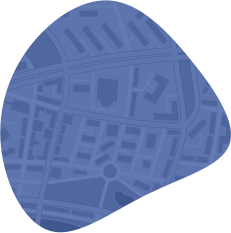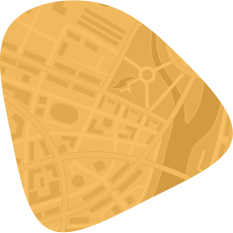
A car accident can happen in moments, but the injuries sustained can take months to heal. Some of the most common injuries sustained in car accidents are broken bones.
While any bone in the body can theoretically be broken in a car crash, some types of breaks are particularly common because of the way the force of a car accident impacts the body. Here's what you need to know.
Locations of bone fractures sustained in accidents
Rib, sternum, and clavicle fractures. The ribs cover most of the midsection and are susceptible to fractures when impact occurs in that area. The clavicle, which runs across the top of your rib cage, is the most fragile bone in the human body due to its low density. These fractures are often a result of lurching forward into the seatbelt or being hit by an airbag.
Cranial and facial fractures. Car accidents sometimes result in hitting the head on the steering wheel, dashboard, windshield or window. Broken noses and cheekbones are quite common. More serious cranial fractures may also cause brain damage.
Broken legs. The fibula (lower leg) and femur (upper leg) are two of the strongest bones in the body, but they can be fractured if the impact area crumples around the legs. This often happens in head-on collisions.
Hand and wrist fractures. There are 27 bones that make up the hand and wrist, many of which are quite delicate. When a car crash occurs, the force of impact is transferred to the driver's hands and wrists through the steering wheel, which can cause bone fractures. Passengers in the front seat may sustain fractures when their hands hit the airbag, window or dashboard. Backseat passengers may also be injured when their hands hit the front seat.
Back and spine fractures. These are fairly common in both head-on and rear-end collisions as the body is impacted by the seatbelt or airbag.
How are fractures treated?
The first step to treat a fracture is to diagnose it, using an X-ray to take a picture of the broken bone. Depending on the extent and location of the fracture, surgery may be needed to put the bone in the right position to heal. We may insert metal screws or plates to hold the bone in place.
From there, the key is to keep the bone immobilized using a cast or splint. This will give it time to heal. Depending on your age and the type of fracture, this may take weeks or months. Once the fracture is healed, physical therapy may be needed to restore full functionality in the affected part of the body.
The key is to get medical attention right away after a car accident. Even a relatively minor fracture can get worse if it isn't treated properly. We can examine you, conduct diagnostic tests, get to the root of the problem and begin treating your injuries right away. Contact the board-certified orthopedic surgeons at Island Musculoskeletal Care MD, PC to schedule your appointment. We serve patients throughout New York City.






















